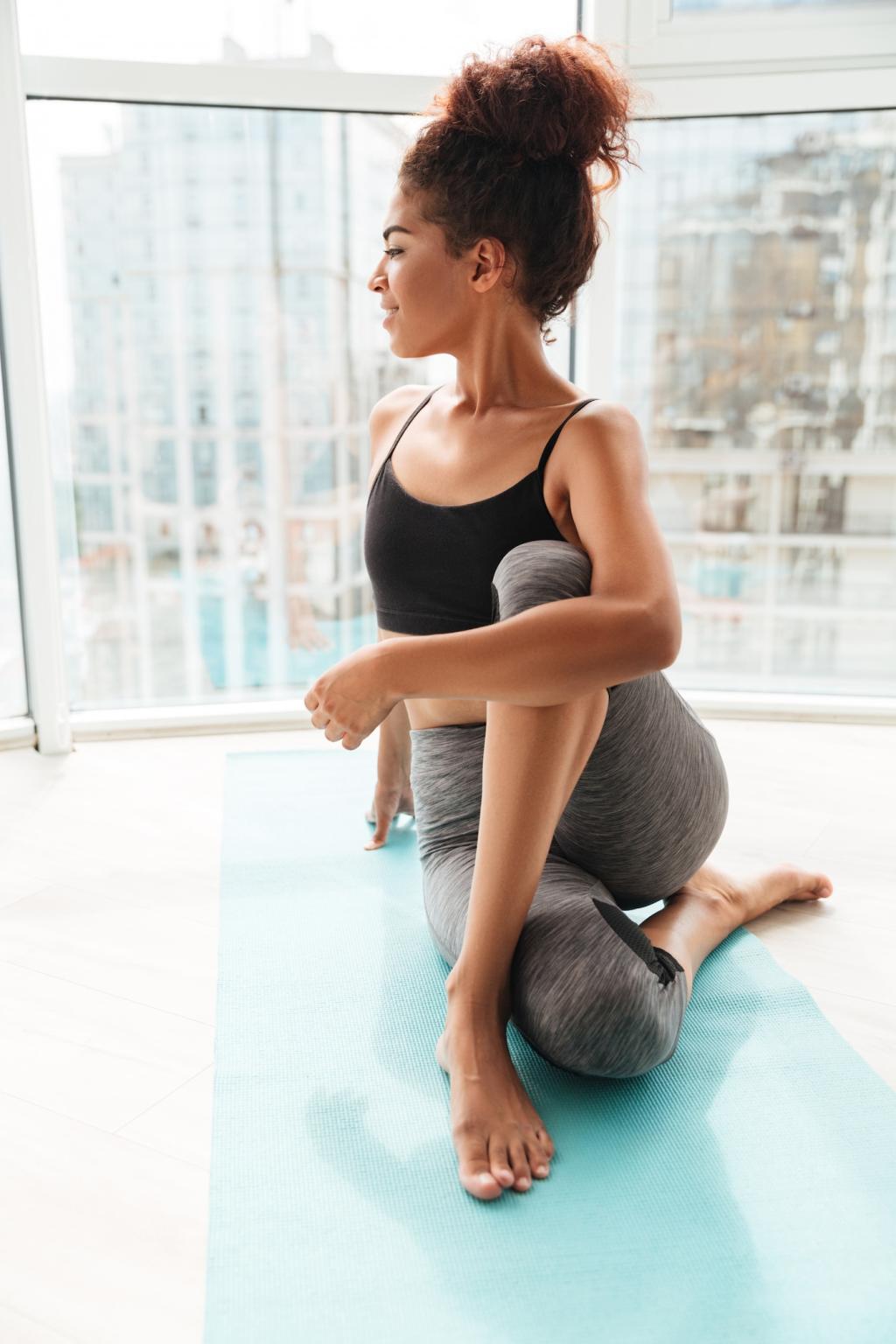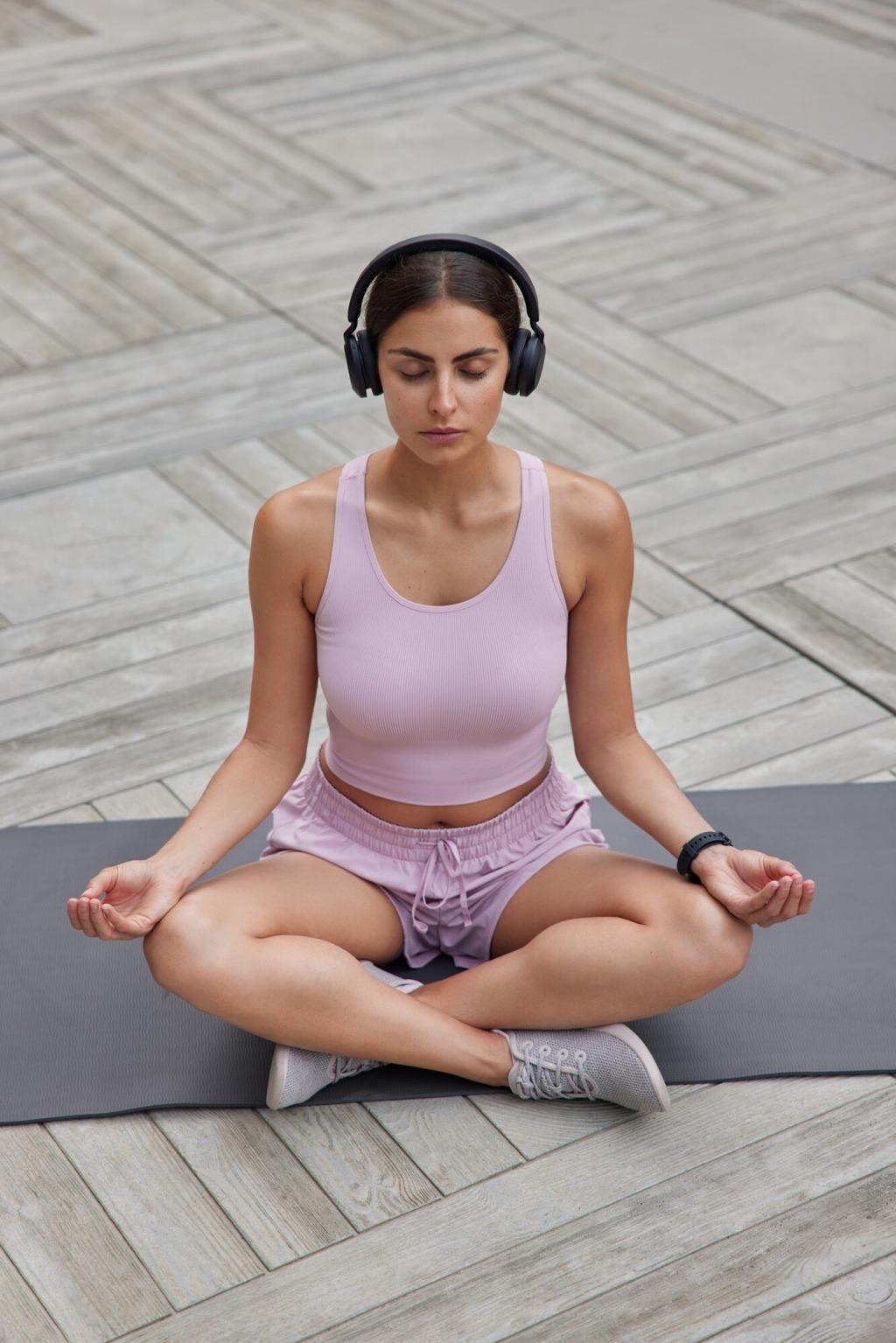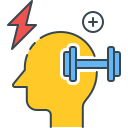
Guided Meditation for Post-Workout Recovery
Today’s theme: Using Guided Meditation for Post-Workout Recovery. Exhale the rush, settle your nervous system, and turn your cooldown into a ritual that nourishes muscles, mood, and motivation. Stay with us, try the practices below, and share your experience to help fellow athletes refine their recovery.
Why Guided Meditation Supercharges Post-Workout Recovery
After intense effort, guided meditation helps nudge the body into a parasympathetic state—slower breathing, steadier heart rate, and a calmer mind. This shift supports better perception of recovery, encourages gentle circulation, and reduces mental rumination, which often keeps muscles braced longer than necessary. What part of this calm state feels most noticeable to you?

Breath, Body, and Attention: The Core Techniques
Inhale for four, hold for four, exhale for four, hold for four—repeat gently for a few minutes. Keep the breath quiet and comfortable, never strained. If you crave more softness, lengthen the exhale to six counts. Notice shoulders dropping, jaw easing, and the subtle widening across your back.

Set the Stage
Create a small recovery corner: a mat, a folded towel, dimmer light, and water within reach. Silence notifications or leave your phone across the room. Choose a gentle track or quiet. The message to your brain is clear—training is complete, recovery is underway, and you are safe to soften.
Sequence With Cooldown
Try this order: light stretch, sip water, then eight to ten minutes of guided meditation. Start with three rounds of slow breathing, scan the lower body, then the upper. End with one helpful sentence, like, “I recover well when I rest well.” Tell us which sequence helps you re-enter your day smoothly.
Begin seated or supine. Two minutes of quiet breathing with longer exhales. Three minutes scanning legs: quads, hamstrings, calves, feet. Three minutes scanning torso and shoulders. Two minutes visualizing breath washing through sore areas. End by thanking your body for the session and noting one simple recovery action.
Guided Scripts You Can Try Today
Stories From the Track, Mat, and Trail
Maya added a six-minute guided scan after long runs. Her calves felt less knotted, and she finally stopped doom-scrolling post-workout. Within a month, she noticed steadier moods and fewer skipped easy days. She says the ritual kept her honest about pace and grateful for incremental gains.
Stories From the Track, Mat, and Trail
Jon thought meditation was not for him. After a coach’s nudge, he tried box breathing between accessory sets and a brief guided track after lifting. DOMS still happened, but soreness felt less threatening. He became calmer on recovery days, and his sleep stopped splintering after heavy pulls.

Measuring the Invisible: Tracking Recovery Gains
Check resting pulse most mornings, jot a quick mood score, and note muscle tenderness with a simple scale. After meditation, record two words describing your body’s feel. Over weeks, you’ll spot patterns—certain practices shorten lingering fatigue or make next-day movement feel smoother and more confident.


Measuring the Invisible: Tracking Recovery Gains
If you use a wearable, observe how consistent, relaxed breathing influences your heart rate variability over time. Don’t chase spikes. You’re looking for steadiness and calmer edges. Many athletes find longer exhales helpful. Experiment for two weeks and tell us what cadence leaves you clearest and most refreshed.
Troubleshooting and Staying Consistent
Try eyes open with a soft gaze. Shorten sessions to five minutes and emphasize longer exhales. Let fidgeting be background noise, not a failure. Curiosity beats control: name the sensation, breathe through it, and notice when it fades. Share your best trick for settling after high-intensity days.
Troubleshooting and Staying Consistent
Use a three-minute micro-meditation: one minute of slow nasal breathing, one minute scanning legs, one minute repeating your mantra. Tiny practices still count, especially when layered daily. Consistency turns minutes into momentum, helping your body trust that recovery will always get its turn.
Join our mailing list
